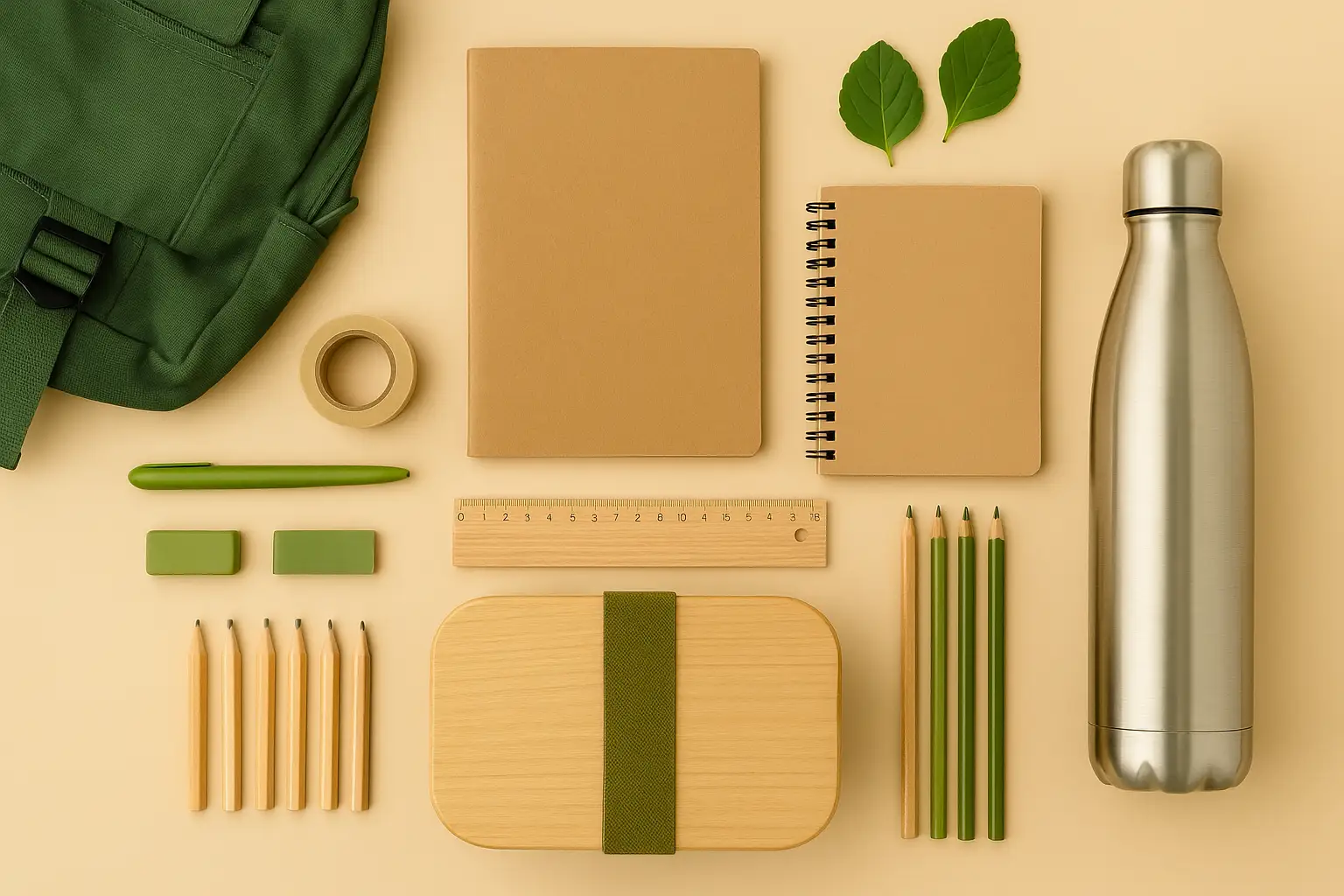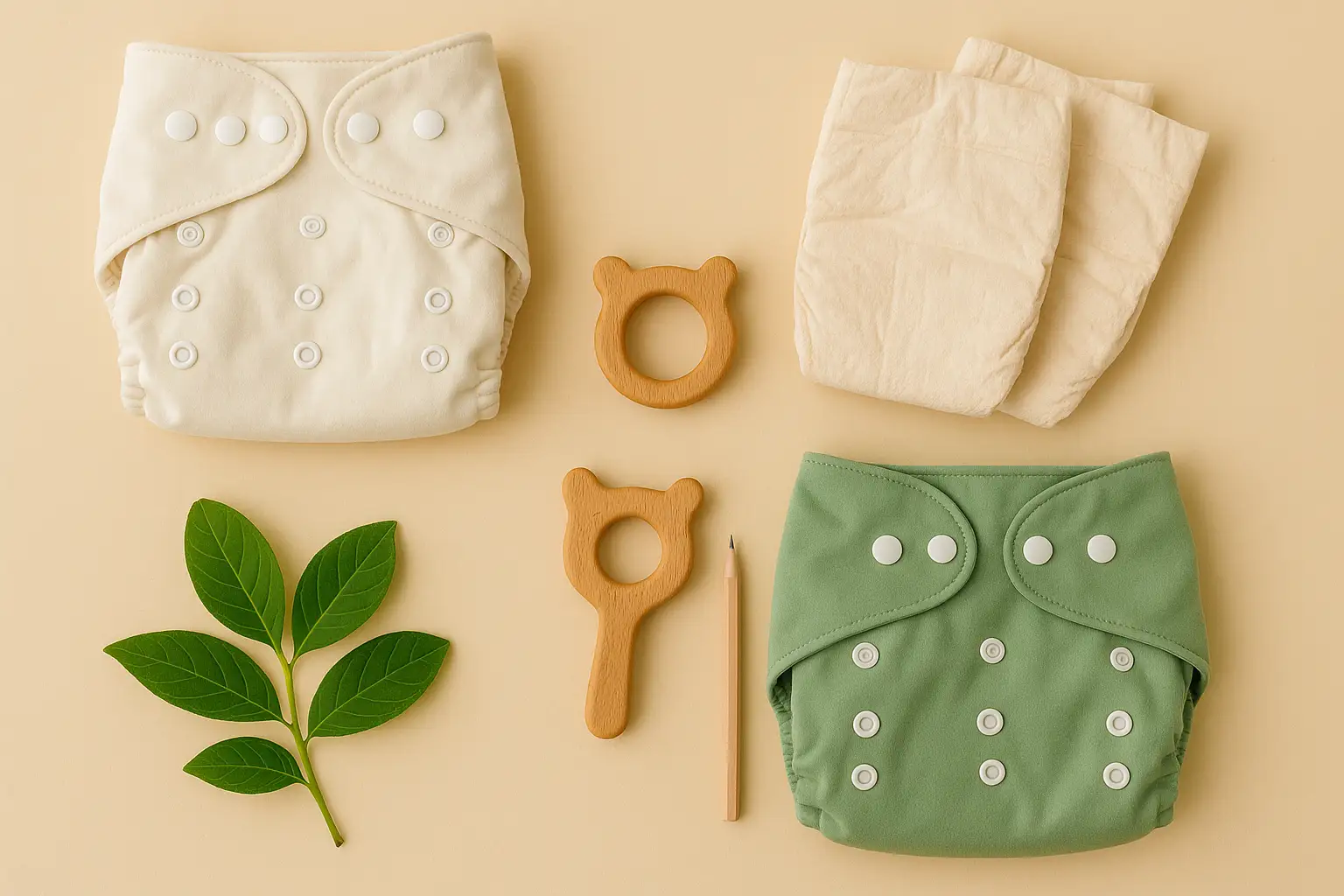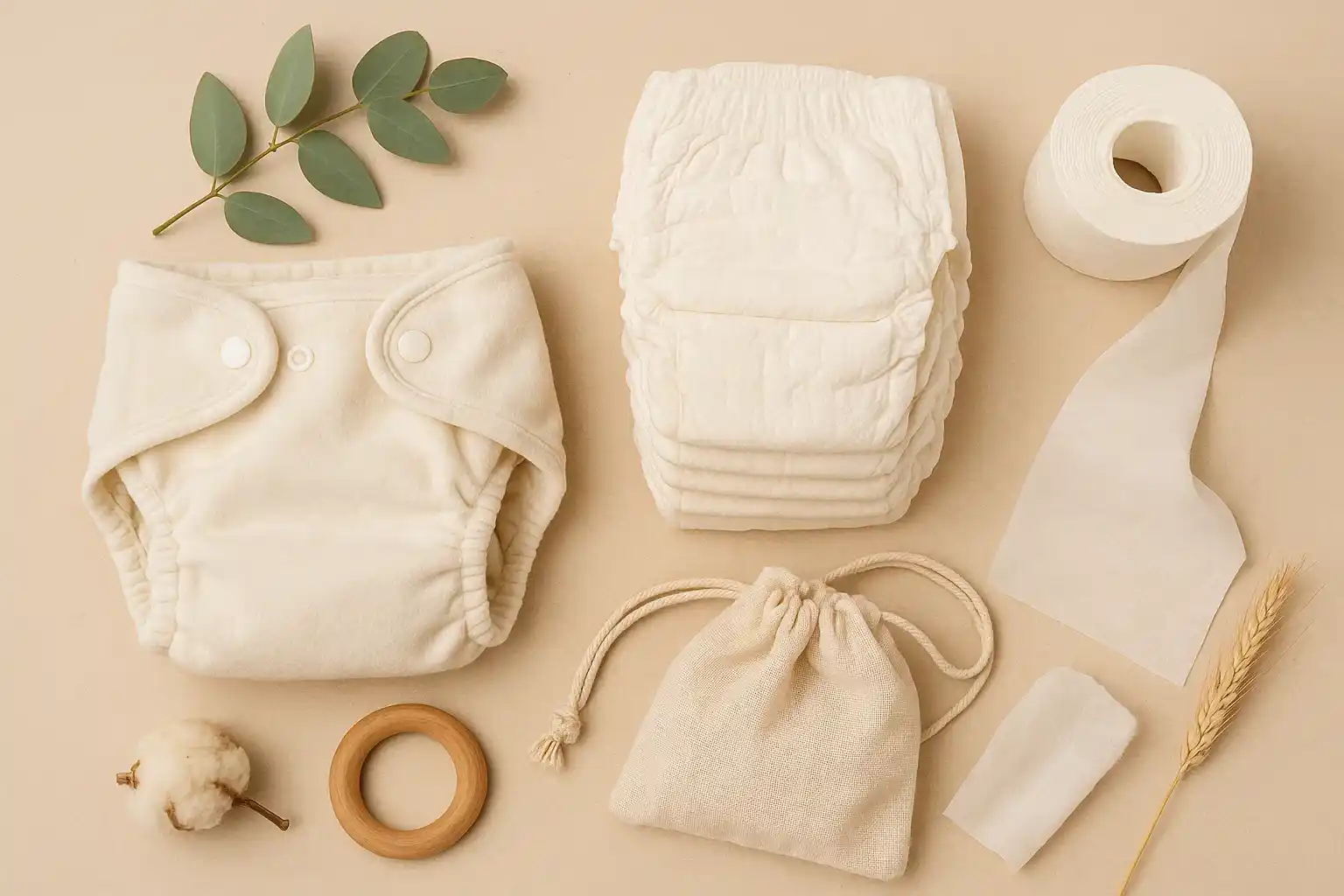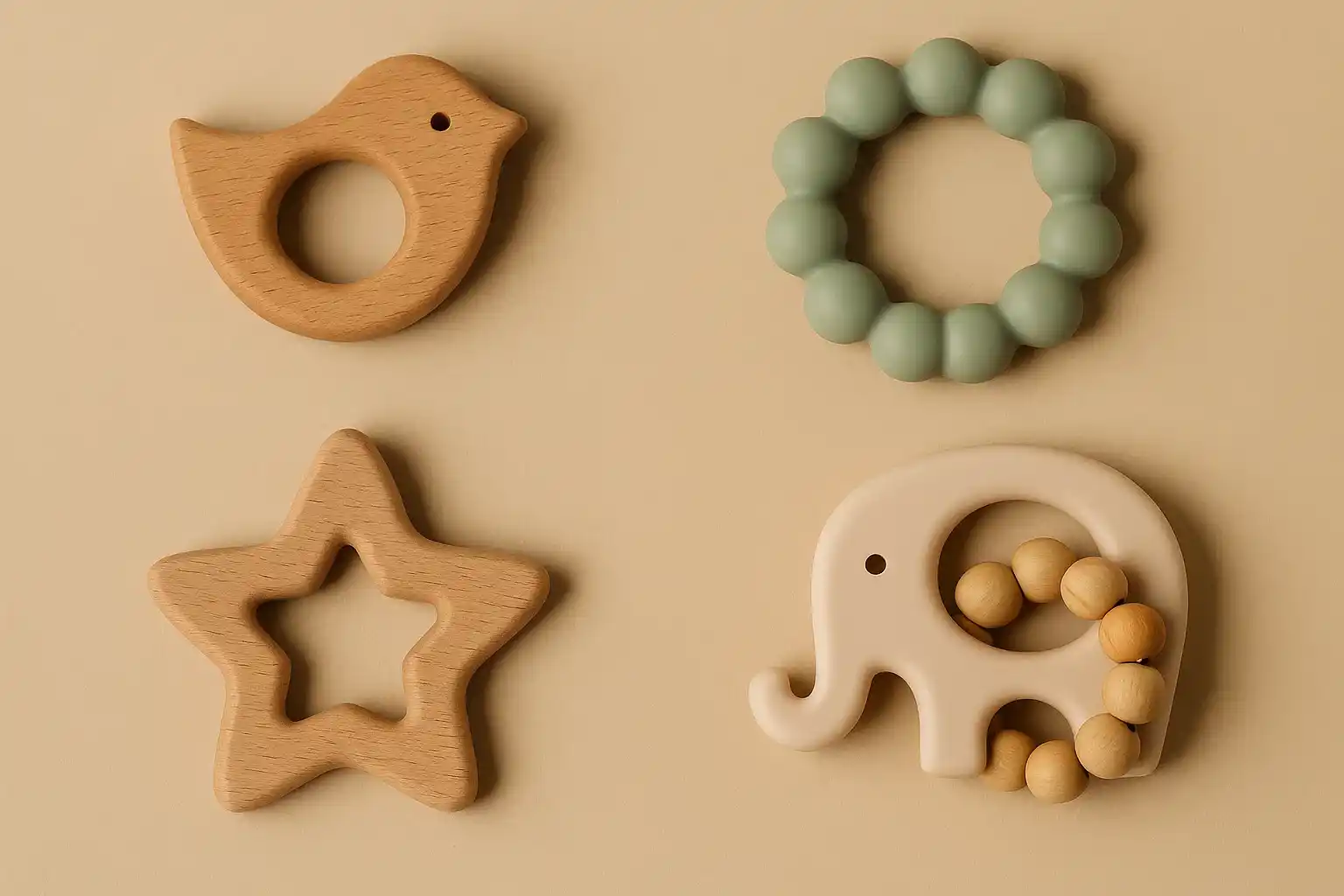Equipping Young Minds, Protecting Our Planet: Sustainable School Supplies Kit

The start of a new school year is often met with excitement, anticipation, and the inevitable shopping trip for school supplies. While the allure of fresh notebooks, colorful pens, and brand-new backpacks is undeniable, the environmental impact of these traditional back-to-school essentials can be significant. From the vast amounts of paper consumed to the prevalence of plastic-based items and the energy-intensive manufacturing processes, equipping our children for learning can inadvertently contribute to resource depletion and waste generation.
However, the back-to-school season presents a powerful opportunity to weave in principles of sustainability, creating eco-conscious school supplies kits that not only support a child's education but also instill values of environmental responsibility. By making mindful choices about the materials, durability, and ethical sourcing of school supplies, we can equip young minds while treading more lightly on the planet. This comprehensive exploration serves as your guide to building a truly sustainable school supplies kit, offering valuable insights and actionable tips to educate, encourage, and inspire you to make choices that benefit both your child's learning journey and the future of our environment.
The Environmental Footprint of Traditional School Supplies: A Need for Change
Before diving into sustainable alternatives, it's important to understand the environmental impact associated with conventional school supplies:
- Paper Consumption: The sheer volume of notebooks, printer paper, and worksheets used in schools contributes to deforestation, habitat loss, and significant energy and water consumption in the paper production process.
- Plastic Proliferation: From pens and rulers to binders and backpacks, plastic is a dominant material in traditional school supplies. The production of plastic relies on fossil fuels, and its disposal contributes to plastic pollution that can persist in the environment for centuries.
- Toxic Chemicals and Dyes: Some conventional school supplies contain harmful chemicals, dyes, and VOCs (volatile organic compounds) that can pose risks to human health and the environment during manufacturing and use.
- Durability and Lifespan: Many inexpensive school supplies are not built to last, leading to frequent replacements and increased consumption.
- Packaging Waste: The packaging of individual school supplies and bulk sets often contributes to unnecessary waste.
Building a Greener Toolkit: Essential Elements of a Sustainable School Supplies Kit
Creating a sustainable school supplies kit involves making thoughtful choices across various categories:
1. Paper Goods: Choosing Responsibly Sourced and Recycled Options
- Recycled Paper Notebooks and Loose-Leaf Paper: Opt for notebooks and filler paper made from 100% post-consumer recycled paper. This reduces the demand for virgin forests and minimizes the energy and water required for paper production. Look for paper with a high brightness level that is processed without chlorine bleaching.
- Sustainable Forestry Certified Paper: If recycled paper isn't available or suitable for a specific need, choose paper certified by the Forest Stewardship Council (FSC), ensuring that the wood comes from responsibly managed forests.
- Reusable Notebooks and Planners: Consider notebooks with erasable pages or digital planners that can be used year after year, minimizing paper consumption.
- Seed Paper: For special projects or creative endeavors, explore seed paper, which is embedded with seeds and can be planted after use, growing into wildflowers.
2. Writing and Coloring Utensils: Prioritizing Durability and Natural Materials
- Wooden Pencils (Sustainably Sourced): Choose pencils made from sustainably harvested wood (FSC certified) and avoid those with plastic coatings. Look for brands that use non-toxic paints and finishes. Consider refillable mechanical pencils with leads made from recycled graphite.
- Refillable Pens: Opt for pens with refillable cartridges, reducing the need to discard the entire pen body once the ink runs out. Choose pens made from recycled materials or with metal barrels for durability. Explore pens with water-based or low-VOC inks.
- Colored Pencils and Crayons (Natural and Non-Toxic): Select colored pencils and crayons made with natural pigments and non-toxic binders. Look for options made from beeswax or plant-based waxes. Consider brands that use sustainably sourced wood for colored pencils.
- Erasers (PVC-Free and Natural Rubber): Choose erasers made from natural rubber or PVC-free materials.
3. Storage and Organization: Favoring Durability and Reusability
- Durable Fabric Backpacks: Invest in a high-quality, durable backpack made from recycled materials like recycled PET plastic bottles or organic cotton. Choose a timeless design that will last for several school years. Look for features like reinforced seams and sturdy zippers.
- Reusable Fabric Binders and Folders: Opt for binders and folders made from durable, washable fabrics like organic cotton or hemp instead of plastic ones. Consider binders with metal rings that can be reused for many years.
- Metal or Bamboo Rulers: Choose rulers made from durable and sustainable materials like stainless steel or bamboo instead of plastic.
- Reusable Pencil Cases: Select pencil cases made from recycled fabrics, organic cotton, or other sustainable materials. Avoid plastic pencil cases that are prone to tearing.
4. Lunch and Snack Gear: Eliminating Single-Use Waste
- Reusable Lunch Boxes and Containers: Invest in durable, leak-proof lunch boxes and food containers made from stainless steel, glass, or BPA-free, food-grade silicone. Avoid single-use plastic bags and containers.
- Reusable Water Bottles: Choose a durable, non-toxic water bottle made from stainless steel or glass that can be refilled daily.
- Reusable Utensils: Pack a set of reusable utensils made from bamboo, stainless steel, or plant-based bioplastics instead of relying on disposable plastic cutlery.
- Reusable Snack Bags: Opt for washable and reusable snack bags made from fabric or silicone instead of single-use plastic bags.
5. Other Essentials: Mindful Choices for Miscellaneous Items
- Scissors with Recycled Content: Choose scissors made with recycled metal and handles made from recycled plastic or wood.
- Glue Sticks (Non-Toxic and Solvent-Free): Select glue sticks that are non-toxic and solvent-free. Look for brands that use recycled packaging.
- Book Covers (Reusable Fabric): Opt for reusable fabric book covers instead of disposable plastic ones.
- Hand Sanitizer (Natural and Refillable): Choose natural hand sanitizers in larger, refillable bottles to minimize plastic waste.
Empowering Young Learners: Involving Children in the Sustainable Process
Making the creation of a sustainable school supplies kit a collaborative effort can be a valuable learning experience for children:
- Discuss the "Why": Explain to your children why choosing sustainable school supplies is important for the environment and the future.
- Involve Them in the Selection Process: Take your children shopping with you and let them participate in choosing eco-friendly options.
- Encourage Creativity and Upcycling: Brainstorm ways to reuse old school supplies or repurpose household items for school projects.
- Care for Their Supplies: Teach children to take care of their belongings to make them last longer.
Creating a sustainable school supplies kit is a tangible way to integrate environmental values into your child's education. By making conscious choices about the materials, durability, and ethical sourcing of these everyday items, you are not only equipping them for academic success but also fostering a sense of responsibility and stewardship towards our planet. This mindful approach demonstrates that even seemingly small actions can contribute to a larger movement towards a more sustainable future, empowering the next generation to be conscious consumers and environmental advocates.
Related Blogs

Unplug and Imagine: Choosing Battery-Free Toys for Engaging and Sustainable Playtime
Foster imagination and save energy with manual musical toys, story books, and nature play.

The Great Diaper Debate: Navigating Cloth vs. Eco-Disposables for a Sustainable Start
Comparison of sustainable alternatives to help you make informed decisions.

Bathtime, Simplified: Eco-Friendly Alternatives to Bulky Plastic Baby Baths
Reduce manufacturing impact and clutter with sink bath seats, inflatable tubs, or repurposed containers.

A Gentle Foundation: Choosing Eco-Friendly and Non-Toxic Changing Mats for Your Baby
Opt for organic cotton, cork-based, or recycled textile changing mats free from PVC and phthalates.

Diapering with Intention: Exploring Eco-Friendly Alternatives to Disposable Diapers
Cut down drastically on landfill waste with cloth, compostable, or hybrid diaper systems.

Chew with Confidence: Choosing Non-Toxic and Sustainable Alternatives to Plastic Teethers
Opt for safer natural rubber, wooden, or silicone-free teethers to avoid synthetic chemicals.
Stay in the Loop
Get tips and insights tailored to your interests — no spam, just sustainability.